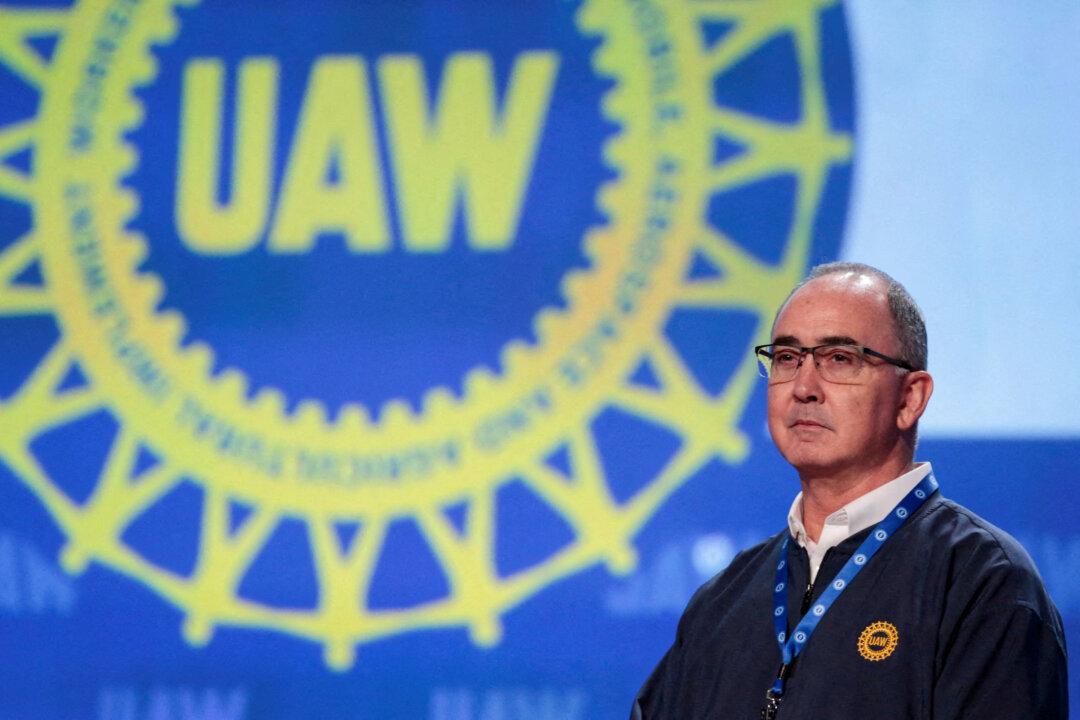The United Auto Workers outlined plans for a series of strikes at individual auto plants belonging to Detroit’s Big Three automakers if agreements are not reached.
The potential walkout would be the autoworkers union’s first-ever simultaneous strike against General Motors, Ford, and Stellantis over contracts, said UAW President Shawn Fain in a Facebook Live address on Sept. 13.
There would be no company wide walkouts if both sides failed reach a deal, which is a departure from the usual strategy of staging an all-out strike against a single automaker chosen as a target.UAW to Carry Out New Strike Plan
Details of the UAW plan, which include the plants to be targeted, will be kept secret until right before the contracts expire at 11:59 p.m. on Sept. 14, according to Mr. Fain.He did say that union leadership was beginning to see “movement from the companies,” but that both parties were still far apart on many issues, suggesting that a strike is likely.
“We do not yet have offers on the table that reflect the sacrifice and contributions our members have made to these companies,” Mr. Fain said, adding that “to win, we’re likely going to have to take action.”
He said the union could escalate pressure on the carmakers if negotiations failed to go nowhere and that they were “preparing to strike these companies in a way they have never seen before.”
A targeted strike could potentially shut down operations for the Detroit automakers across the board, depending on which plants and facilities were struck.
Each of the Big Three operates a complex network of plants, which supply different parts to one another to keep operations running.
Stopping or slowing production at even a few engine or transmission plants would be just as effective as a full strike at every plant, according to industry experts.
Another advantage of a targeted strike is that it would save the union resources and extend a possible strike, as members who go on strike are eligible for $500 a week in benefits from the UAW strike fund.
In contrast, if all unionized workers at the Big Three’s plants struck at the same time, it would cost the UAW more than $70 million a week and quickly drain its $825 million strike fund.
There is also the chance that the manufacturers could shut down operations and lay off workers not technically on strike, making them eligible for unemployment benefits instead of strike benefits and preserve the union’s finances.




